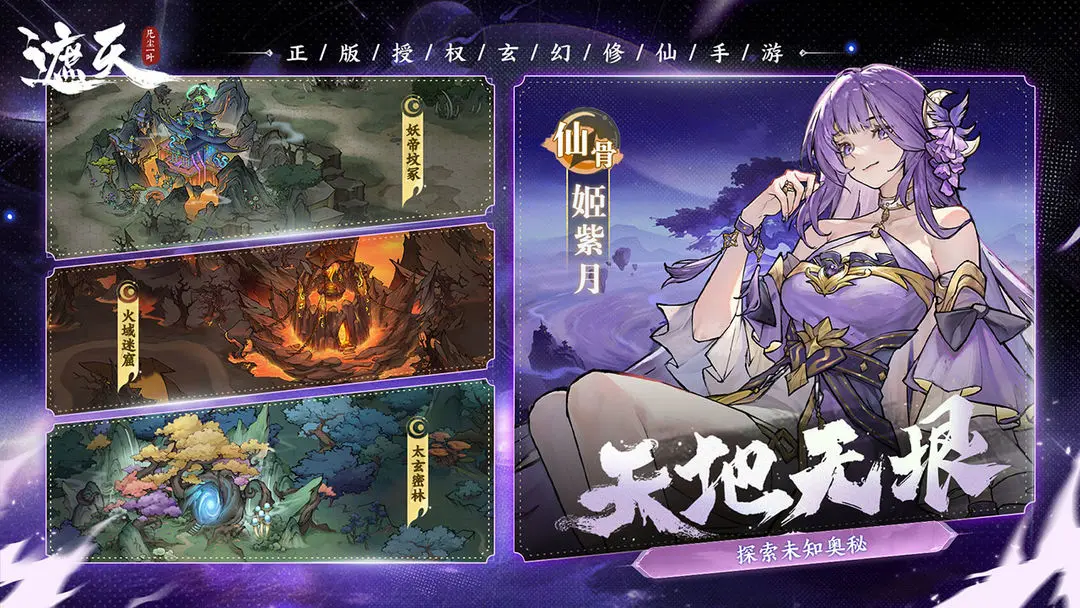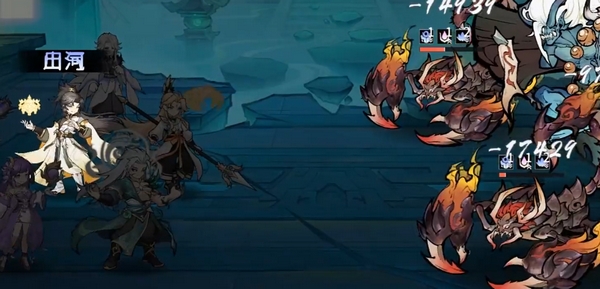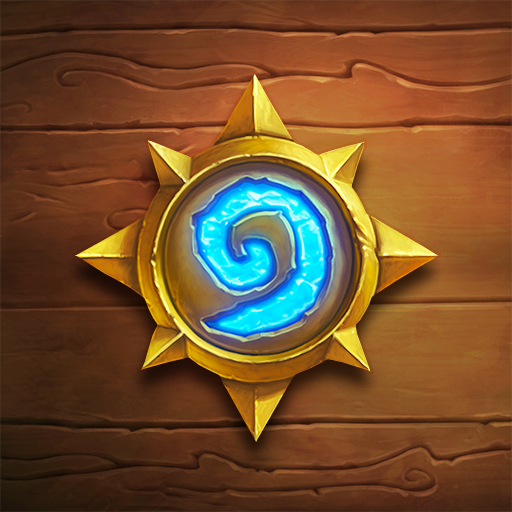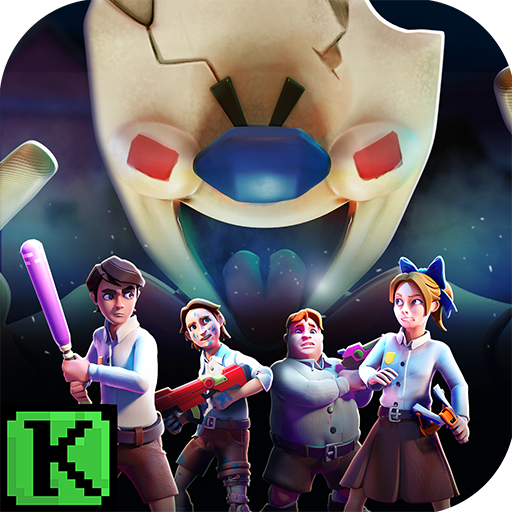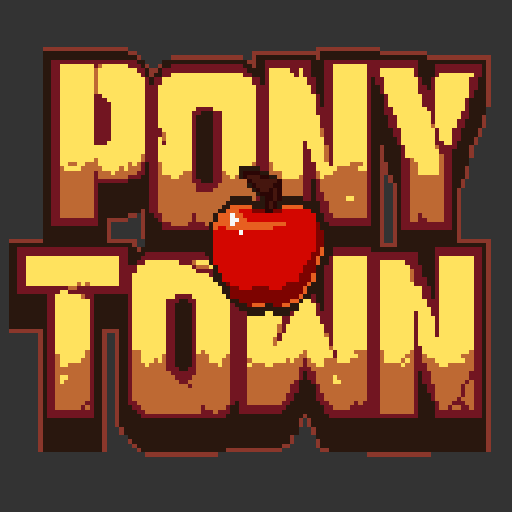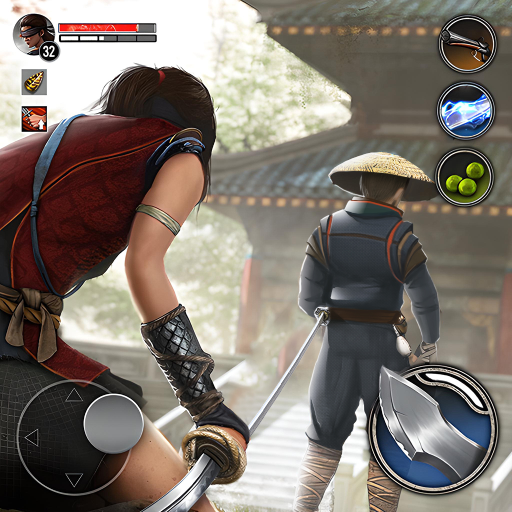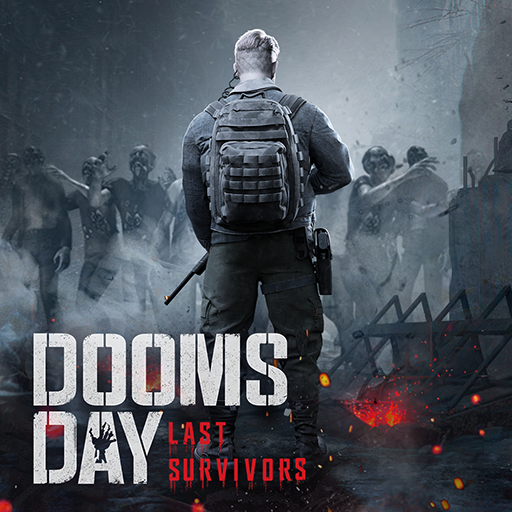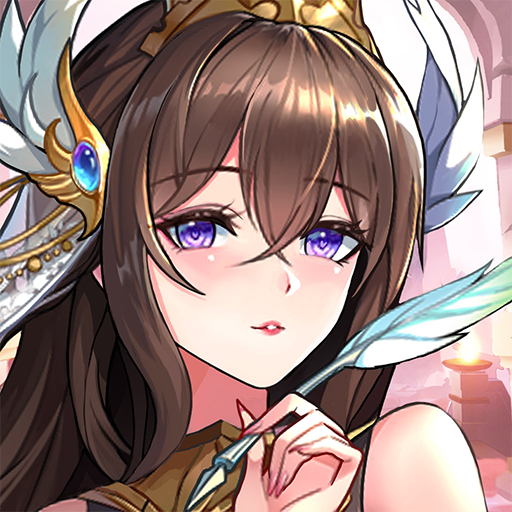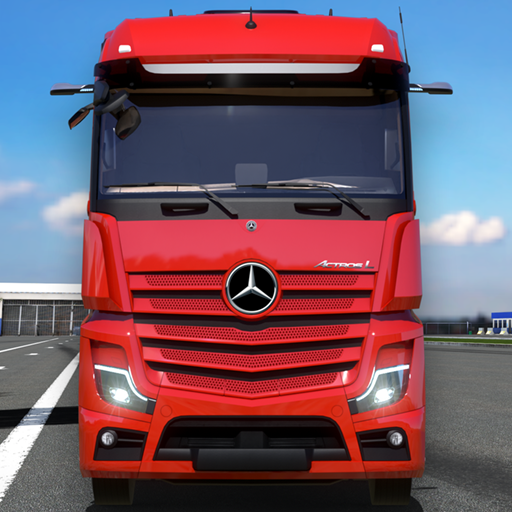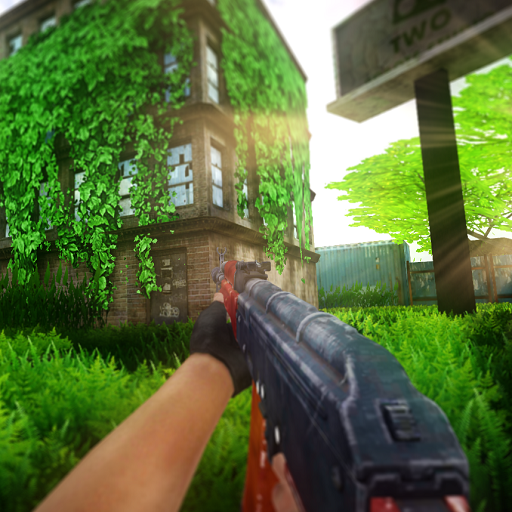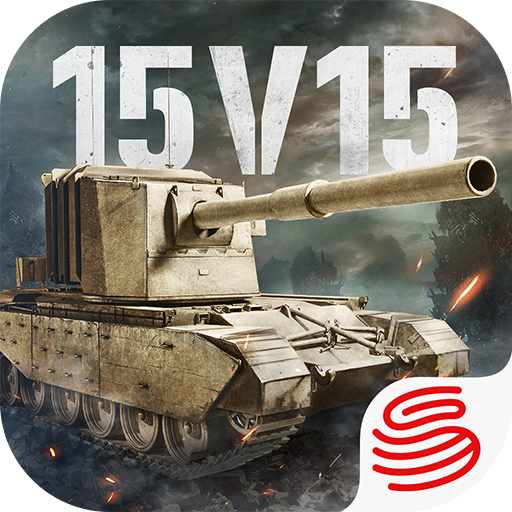The flying units in the Dragonstone War, with their unique aerial mobility, can suppress ground units on the battlefield, but they also face the risk of being countered by anti-air units. This can indeed be confusing for traditional SLG players or newcomers. This guide will detail the core gameplay of flying units, introducing you to hero combinations and playstyle nuances, helping players maximize the use of air superiority.

The essence of flying units lies in the synergy between heroes and troops. Taking Robin, the Flying Intelligence Officer, as an example, who has area-of-effect damage and control abilities, he is well-suited to be paired with heroes like Taren or Thor. Taren can provide sustain, preventing Robin from being instantly killed due to low health, while Thor enhances group control, working in tandem with Robin's AOE skills for quick clearouts. For troop choices, the Elemental Fire Dragon is suitable for high burst damage, whereas the Mithril Dragon comes with a stun effect, making it ideal for crowd control. The composition of the flying squadron should be adjusted based on the enemy; if the opponent lacks anti-air units, an all-air force can dominate, but if the enemy has anti-air units like the Sky Busters, then ground forces should be included to distribute the fire.

In actual combat, the timing of deploying flying units is crucial. As flying units are not restricted by ground obstacles, they can bypass the enemy's front line to directly attack vulnerable backline units such as archers or mages. It is recommended to deploy flying units 30 seconds after the battle starts to avoid being focused too early. If the enemy uses anti-air towers or anti-air heroes (like the Sky Busters), send ground forces first to draw fire, then have the flying units cut in. During sieges, flying units can use their altitude advantage to ignore walls and directly attack defensive structures within the city.
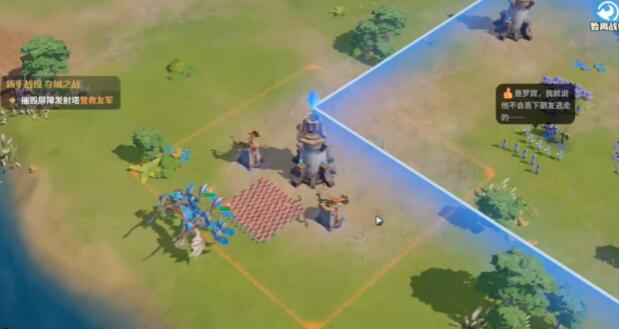
For dragon stone pairing, Robin, as a rage-dependent hero, is recommended to use the Dueling Moment dragon stone, which, when triggered, significantly boosts rage recovery, ensuring frequent skill usage. Alternatively, choose Rising Combat Spirit or Brutality to enhance rage regeneration and attack power, respectively. In terms of troop enhancement, prioritize increasing the attack and critical hit attributes of flying units. If the enemy has many control effects, consider appropriately increasing resistance. Refinement attributes are suggested to focus on attack, rage regeneration, and critical hit to maximize output capability.
The weakness of flying units lies in their lower survivability. If the enemy employs swarm tactics like using Electromagnetic Ants, flying units can quickly clear them with AOE skills, but caution must be taken against being locked down by high-burst anti-air units (such as the Sky Busters). In alliance battles, flying units are suitable for executing raid missions, such as quickly capturing resource points or harassing the enemy's rear, but during complex battle situations, they should not be used recklessly.
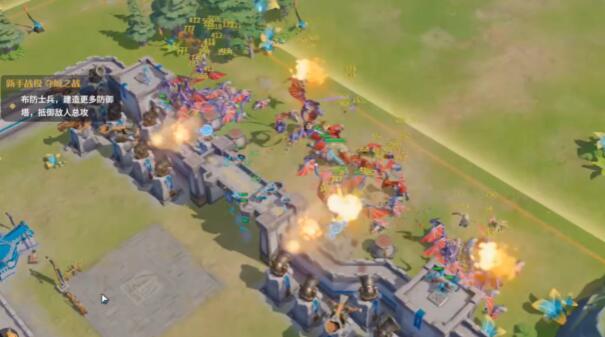
In summary, the gameplay of flying units revolves around high mobility, high burst, and precise strikes, requiring flexible adjustments to the lineup based on the battlefield situation. After mastering hero pairings, unit countermeasures, and deployment timing, flying units can become a key force in turning the tide of battle. By effectively utilizing air superiority and avoiding the enemy's anti-air defenses, one can gain air dominance in the Dragonstone War.
